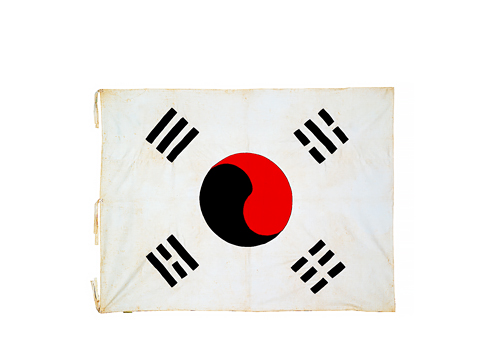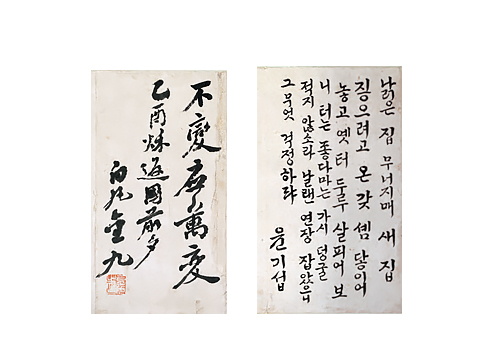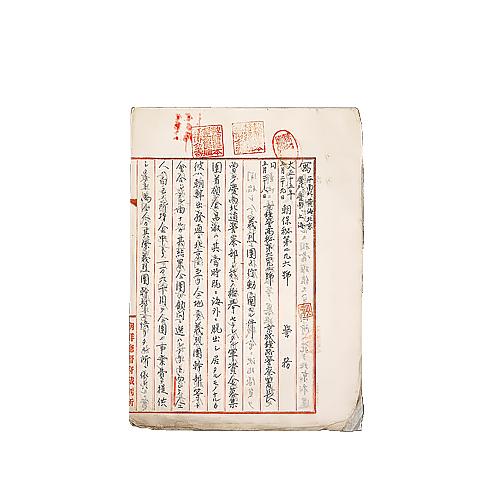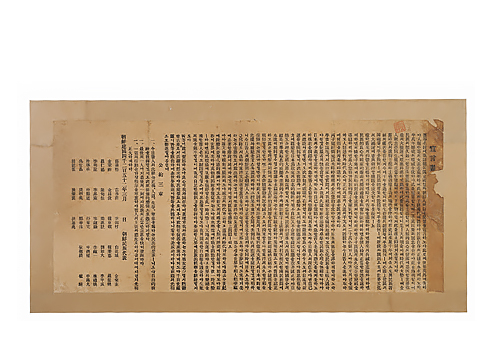The Modernization and the National Movement Room houses Silhak (Practical Learning) literature (the germination of modern thought during the late Joseon Dynasty), as well as Western astronomy and geographical literature, world maps from China, and Korean maps, giving a glance at the changes that occurred in the prevailing Joseon world view. Other items on display shed light on the Korean people’s national movement that emerged in response to foreign aggression in the late 19th century.
Permanent Exhibition
-
- Exhibition
- Permanent Exhibition
- Modernization and National Movement Hall
Category Title
- The Introduction of Western Science and the Development of Silhak (Korean Practical Learning)
- The Development of Astronomy and a Geography, and a World View Change
- The Development of Korean Geography and the Promotion of Patriotism
- National Isolation Policy and the Rejection of Heterodoxy
- Foreign Aggression and the Enlightenment Movement
- Japanese Colonial Rule and the Independence Movement
In 1910, Japan annexed Korea, installed a colonial government°™ the Chongdokbu°™ and imposed military rule. On March 1, 1919 the Korean people rose up to resist Japanese oppression with the nationwide ‘March 1 Independence Movement'. Independence activists established a provisional government in Shanghai and used it as a hub for their fatherland's independence movement. Thereafter, Japan switched to "cultural politics" and implemented reconciliation policies, while forcing the Shinto faith upon Koreans and implementing a policy intended to eradicate the Korean national identity, including the changing of Korean family names to Japanese ones. However, the Korean people remained undaunted, staging ‘the June 10 Independence Movement', ‘the Gwangju Student Movement', and other Japan resistance rallies in a campaign to build up national power. Overseas Koreans°™ centered on the provisional Korean government°™ carried out movements to resist Japan and save the nation, and strove to restore national sovereignty through armed resistance to Japan. These national movements eventually helped to secure the liberation of Korea on August 15, 1945.



